Are gates to hell open? What 2 degrees warmer means for Earth
In 2023, the world was again hit by extreme weather events and record-shattering temperatures. The global climate situation prompted UN Secretary General Antonio Guterres to warn that humanity had “opened the gates to hell”, and to lament the “naked greed” of fossil fuel interests. In late November, nearly 200 nations will gather in Dubai for two weeks of UN climate talks for COP28. Yet again, nations will wrestle with emissions targets and how to prevent the Earth from heating up beyond the global target of 1.5 degrees Celsius. According to a 2022 Nasa-led study, Earth risks “dangerous and cascading effects” of human-generated climate change if temperatures reach 2 degrees above pre-industrial levels. With that possible by the 2040s, here’s what life on Earth could look like.

Climate variables
Global temperatures this year averaged around 1.1 degrees higher compared with the pre-industrial average. Still, the world is way off track on limiting warming to 1.5 degrees, scientists say. Global average temperatures are projected to rise by 2 to 4 degrees by 2100 at current trajectories, likely causing more frequent and extreme weather events. Researchers at the Nasa Earth Exchange have used leading climate models to help predict changes for six key climate variables when global temperatures rise by at least 2 degrees. They are near-surface air temperature, precipitation, relative humidity, short and long wave solar radiation, and wind speed. Experts also examined two climate indicators, heat stress and fire weather. Here’s what could happen to some of them.
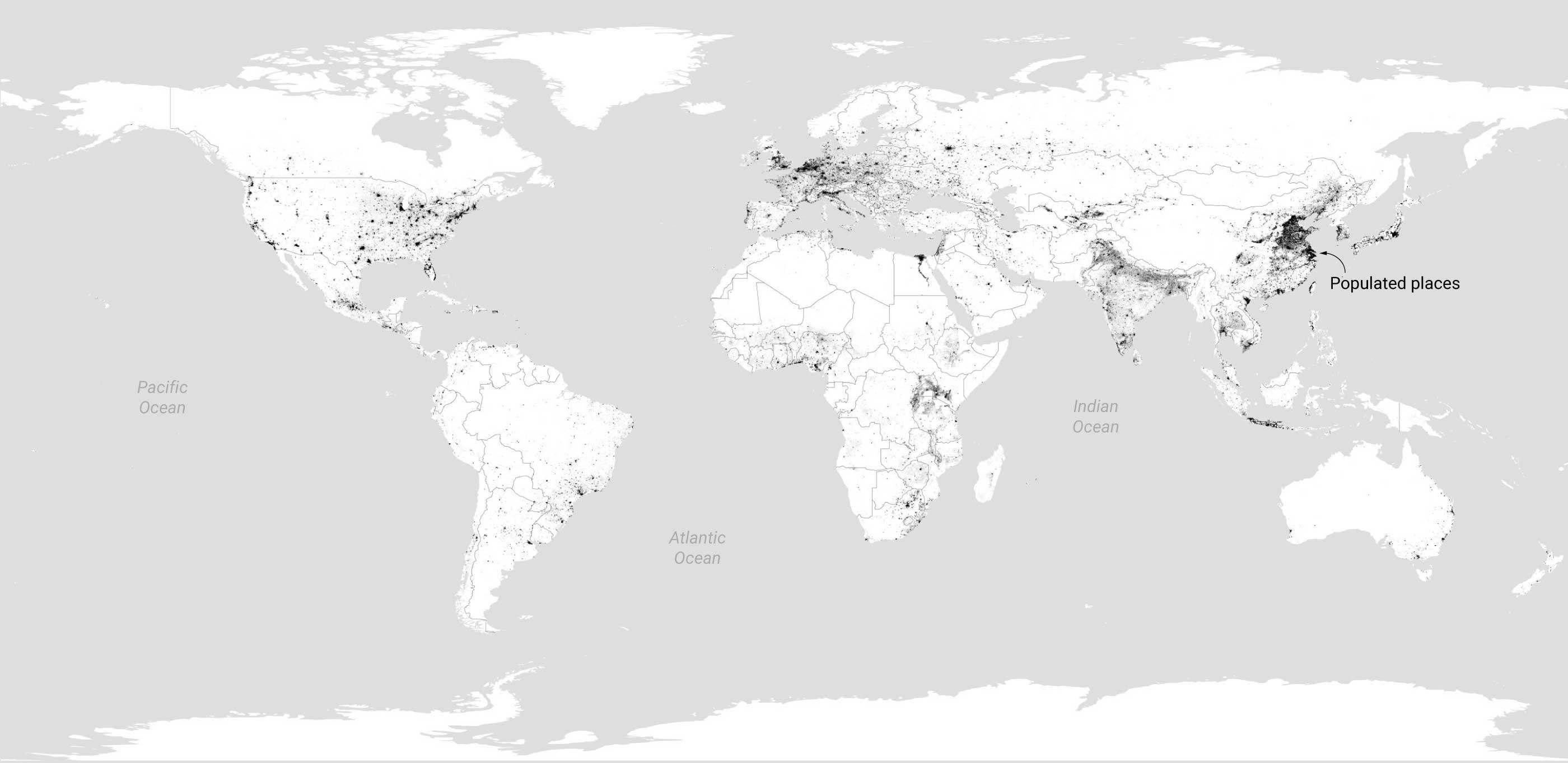
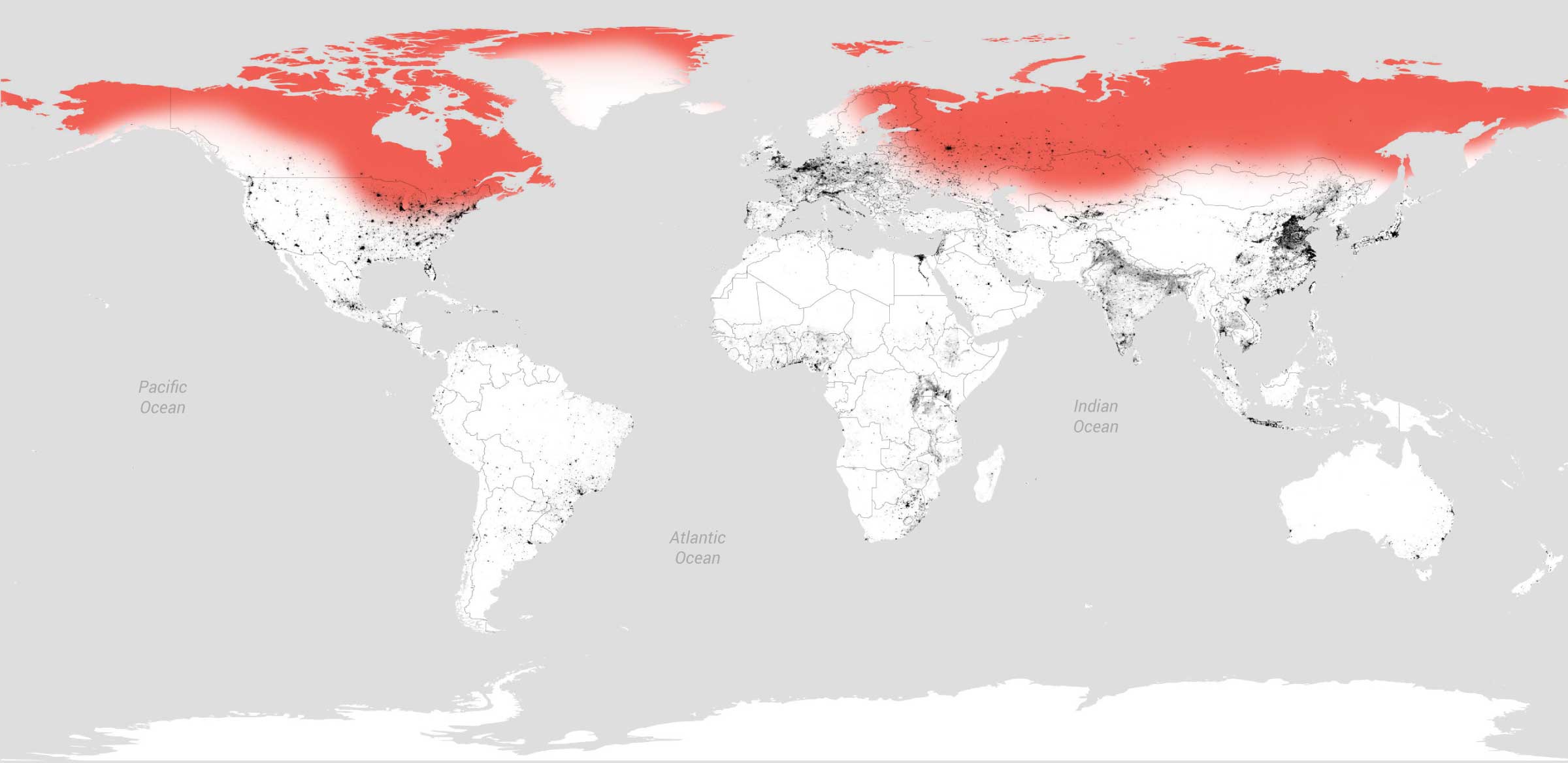
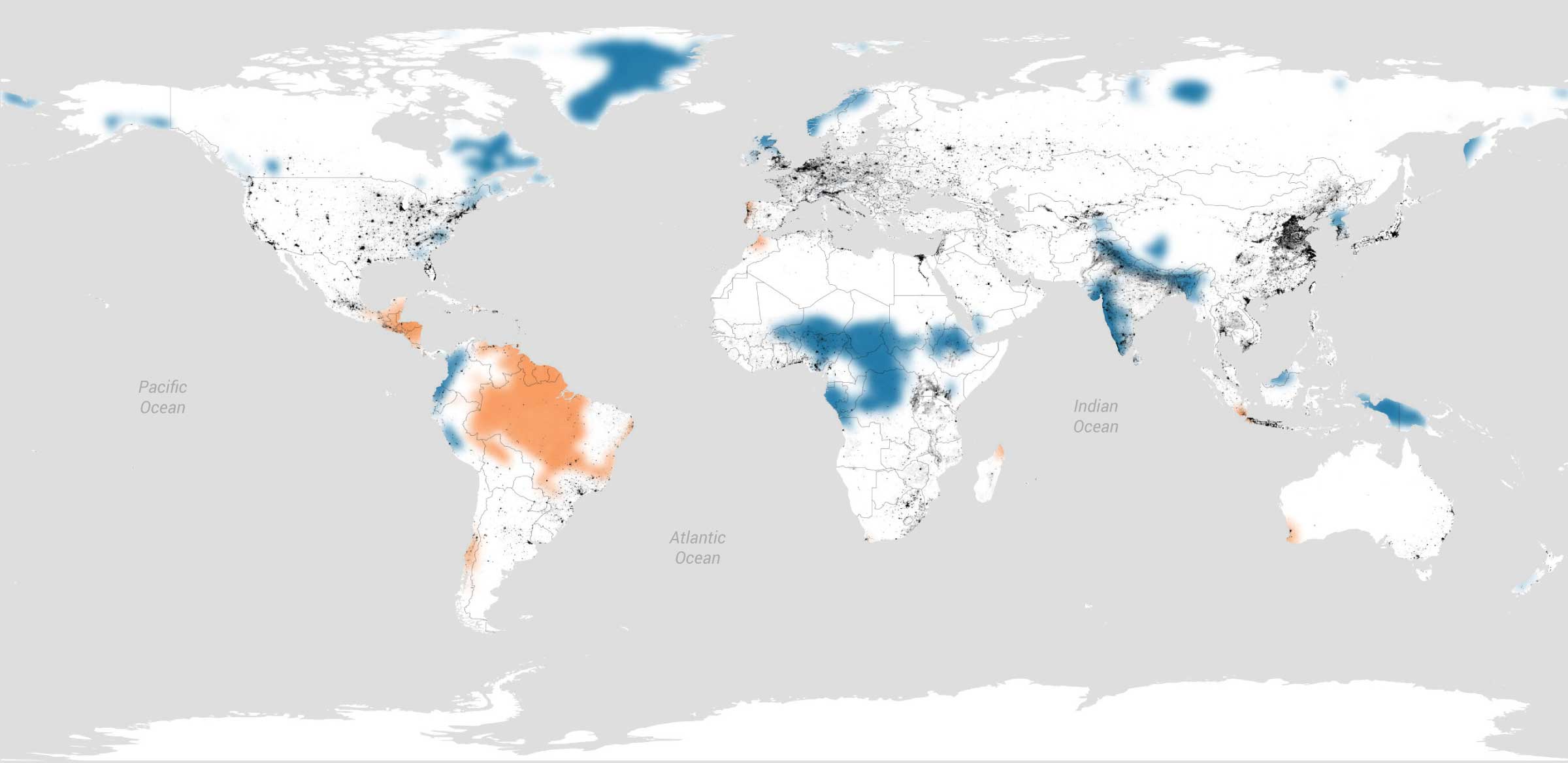
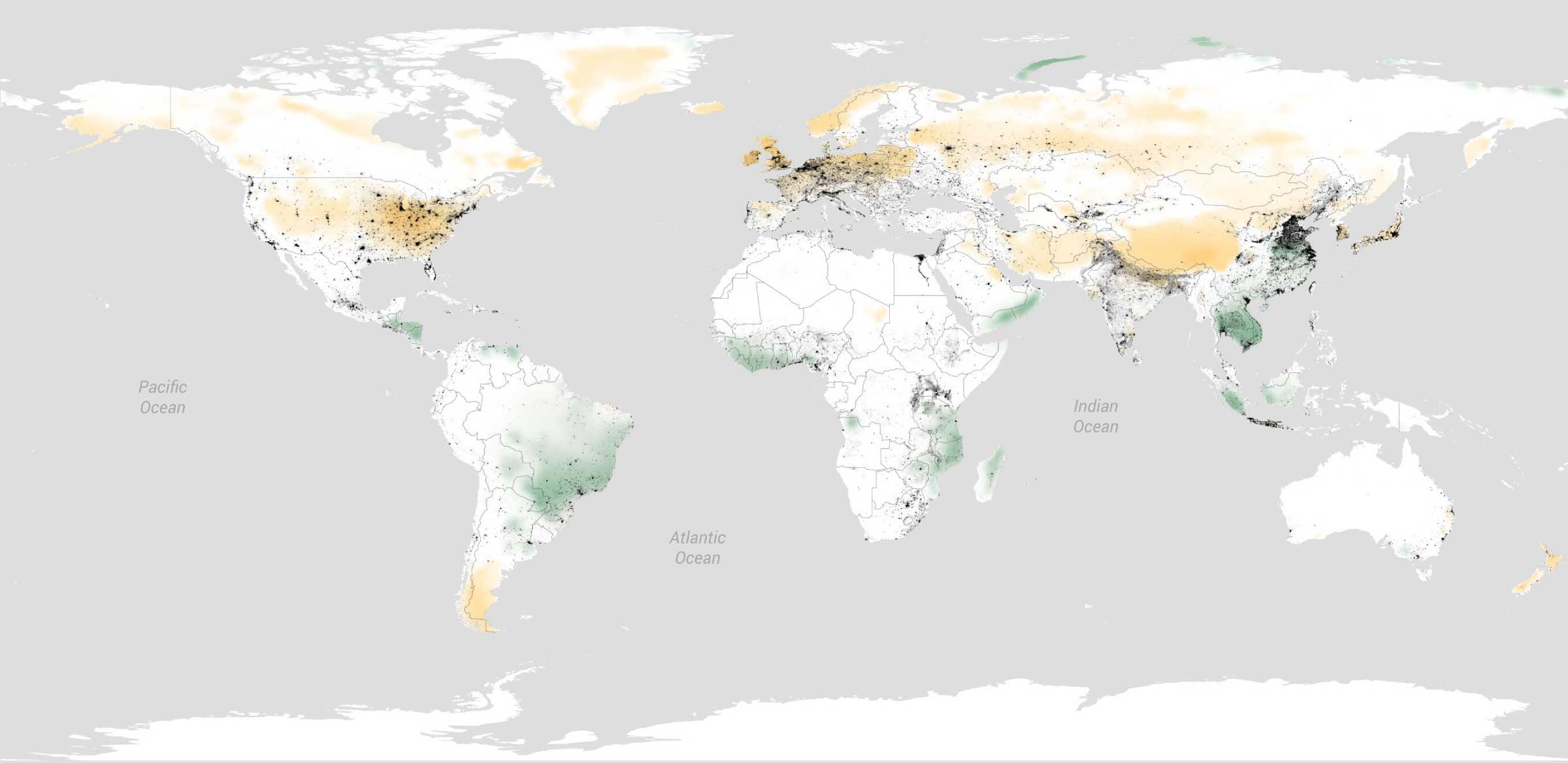
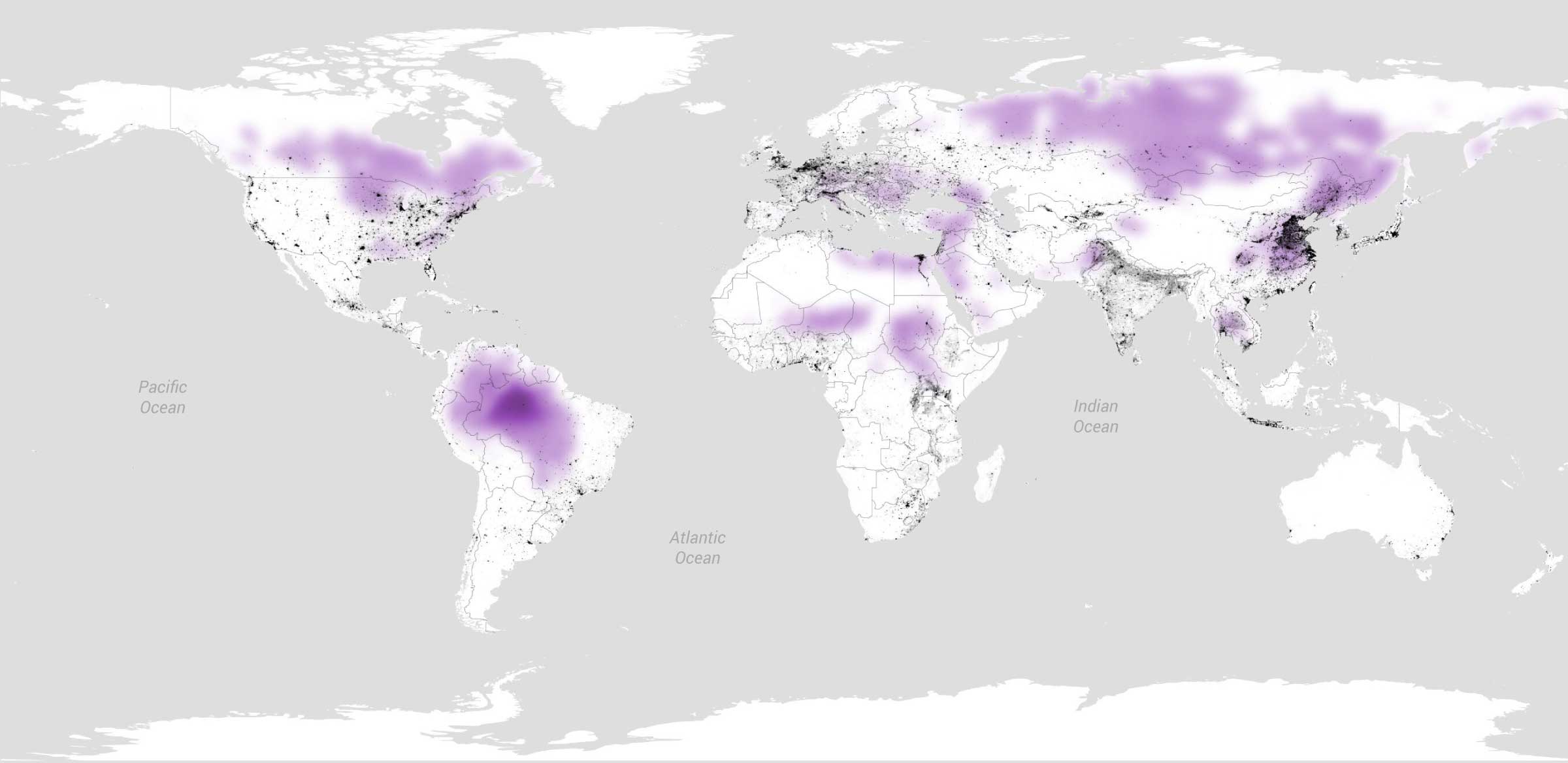
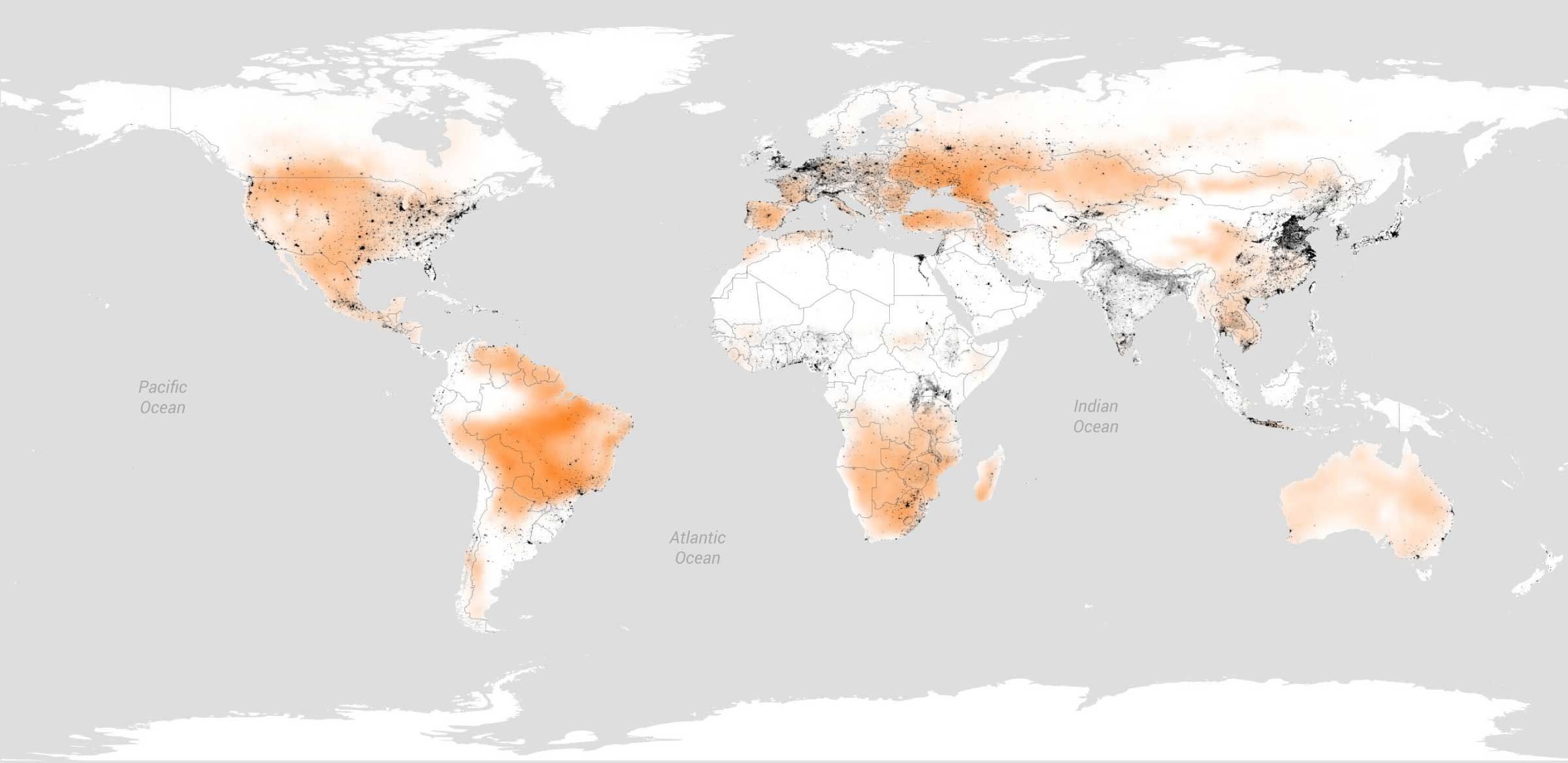
Near-Surface Air Temperature
The average temperature over land could rise by about 2.3 degrees to almost 2.8 degrees by the 2040s, depending on how much greenhouse gases we emit as a result of fossil fuel consumption. But some places will get much hotter, especially near the poles. Greenland, Alaska, northern Europe and Russia could see a temperature increase of 3-4 degrees in the same period. A reduction in Arctic sea ice accentuates global warming as less sunlight gets reflected by white ice back into space.
Rainfall
Global rainfall could increase as the world gets warmer, but not everywhere. By the 2040s, some places could get much more rain, like Greenland, while others get less, like the Amazon basin, which usually has high precipitation. The difference in rainfall will depend on how much greenhouse gases we emit. In a high-emission scenario, there could be more rain in western Africa extending east near the equator region, as well as South Asia and Southeast Asia. The Amazon’s rainfall decline would be related to changes in the Pacific Ocean and the response of vegetation to increased carbon dioxide (CO2). Reduced rainfall could lead to severe drought in the Amazon. Elsewhere, extreme precipitation events can cause flooding and landslides, resulting in loss of human life and economic damage.
Wind Speed
Land wind speed has slowed down since 1990 and could keep
slowing down until 2100, according to projection models. It
happens because of “terrestrial stilling”, which can occur
because of changes in large-scale atmospheric circulation and
the increased roughness of Earth’s surface due to urbanisation
and vegetation growth.
By the 2040s, some places will see bigger changes than
others. Parts of North America, northern Europe, and Tibet could
have weaker winds, while the Amazon region and Southeast Asia
could have stronger winds.
Heat Stress
Most regions of the world will experience higher heat stress – the combined effects of temperature and humidity – while countries closer to the equator will suffer from a greater number of days considered extreme. By the 2040s, more than a quarter of the world's population could experience an additional month of severe heat stress each year compared to the mid-20th century. The extreme heat level could increase by 2.5 degrees to 2.9 degrees, depending how much greenhouse gases we emit.
Fire Weather
Fire weather was identified as another key climate indicator, and could worsen in many places by the 2040s, but not all. Such weather is affected by temperature, rain, humidity, sun, and wind. High temperatures and drought could combine dangerously in places like the Amazon, increasing the risk of wildfire. In parts of North America, extreme fire weather is likely to be more intense and last longer. Some regions that are not used to fires, like Greenland and Alaska, could also see a big increase in fire risk.
Near-Surface Air Temperature
The average temperature over land could rise by about 2.3 degrees to almost 2.8 degrees by the 2040s, depending on how much greenhouse gases we emit as a result of fossil fuel consumption. But some places will get much hotter, especially near the poles. Greenland, Alaska, northern Europe and Russia could see a temperature increase of 3-4 degrees in the same period. A reduction in Arctic sea ice accentuates global warming as less sunlight gets reflected by white ice back into space.
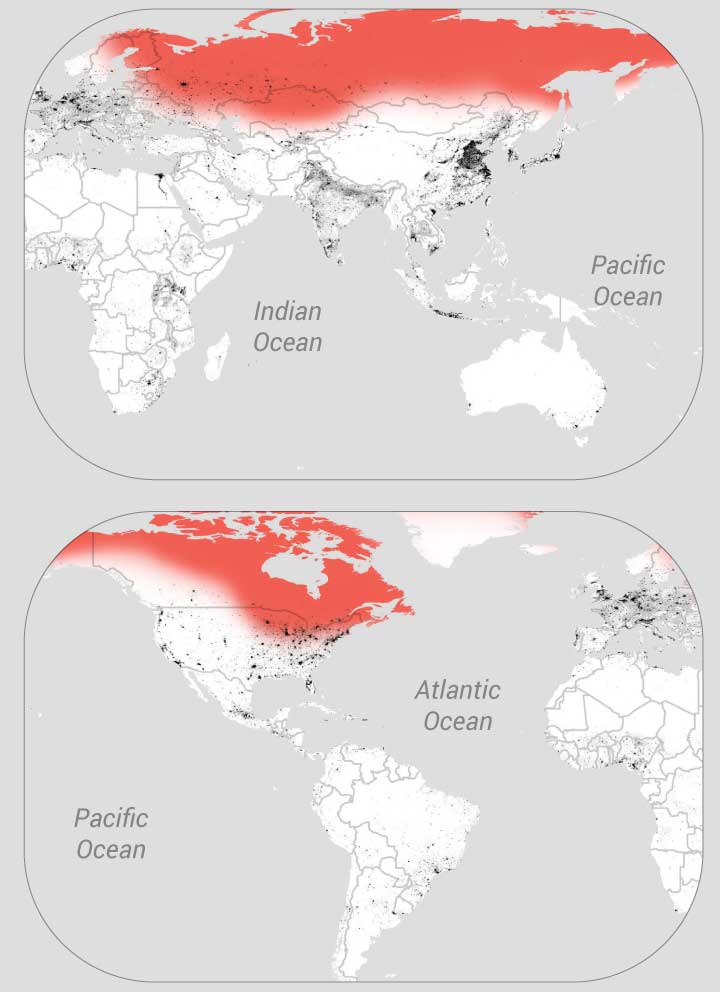
Rainfall
Global rainfall could increase as the world gets warmer, but not everywhere. By the 2040s, some places could get much more rain, like Greenland, while others get less, like the Amazon basin, which usually has high precipitation. The difference in rainfall will depend on how much greenhouse gases we emit. In a high-emission scenario, there could be more rain in western Africa extending east near the equator region, as well as South Asia and Southeast Asia. The Amazon’s rainfall decline would be related to changes in the Pacific Ocean and the response of vegetation to increased carbon dioxide (CO2). Reduced rainfall could lead to severe drought in the Amazon. Elsewhere, extreme precipitation events can cause flooding and landslides, resulting in loss of human life and economic damage.
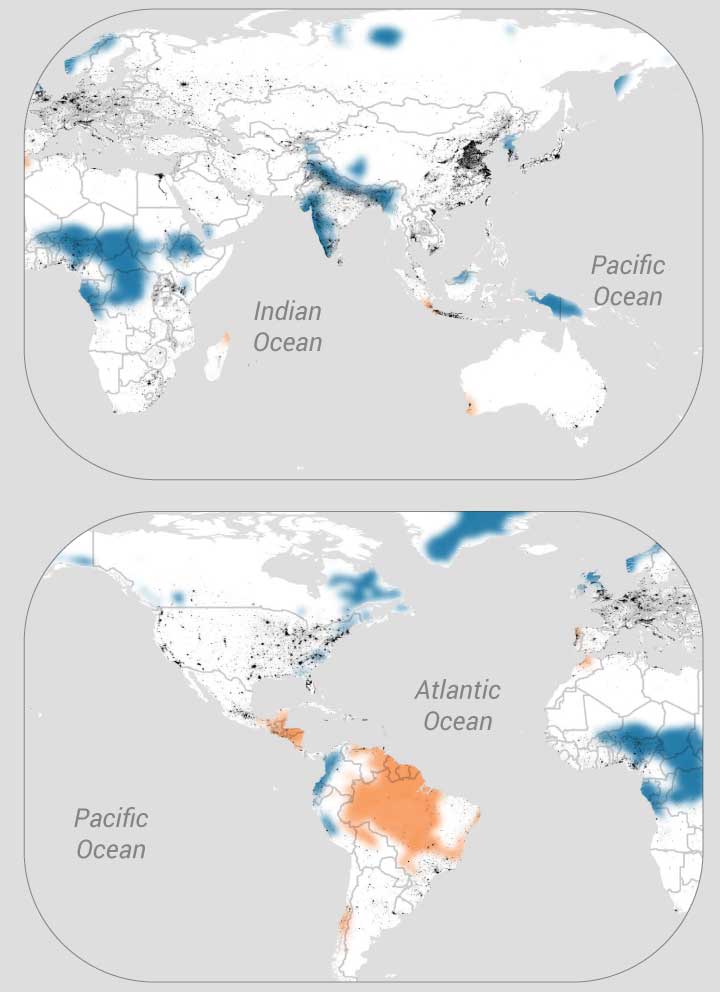
Wind Speed
Land wind speed has slowed down since 1990 and could keep slowing down until 2100, according to projection models. It happens because of “terrestrial stilling”, which can occur because of changes in large-scale atmospheric circulation and the increased roughness of Earth’s surface due to urbanisation and vegetation growth. By the 2040s, some places will see bigger changes than others. Parts of North America, northern Europe, and Tibet could have weaker winds, while the Amazon region and Southeast Asia could have stronger winds.

Heat Stress
Most regions of the world will experience higher heat stress – the combined effects of temperature and humidity – while countries closer to the equator will suffer from a greater number of days considered extreme. By the 2040s, more than a quarter of the world's population could experience an additional month of severe heat stress each year compared to the mid-20th century. The extreme heat level could increase by 2.5 degrees to 2.9 degrees, depending how much greenhouse gases we emit.
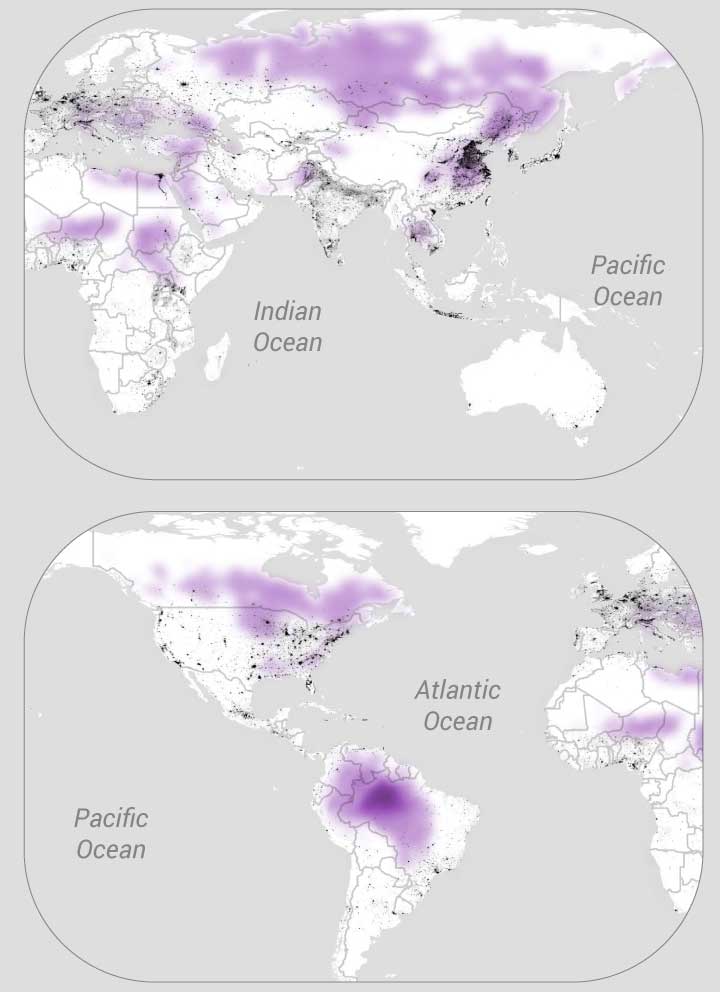
Fire Weather
Fire weather was identified as another key climate indicator, and could worsen in many places by the 2040s, but not all. Such weather is affected by temperature, rain, humidity, sun, and wind. High temperatures and drought could combine dangerously in places like the Amazon, increasing the risk of wildfire. In parts of North America, extreme fire weather is likely to be more intense and last longer. Some regions that are not used to fires, like Greenland and Alaska, could also see a big increase in fire risk.
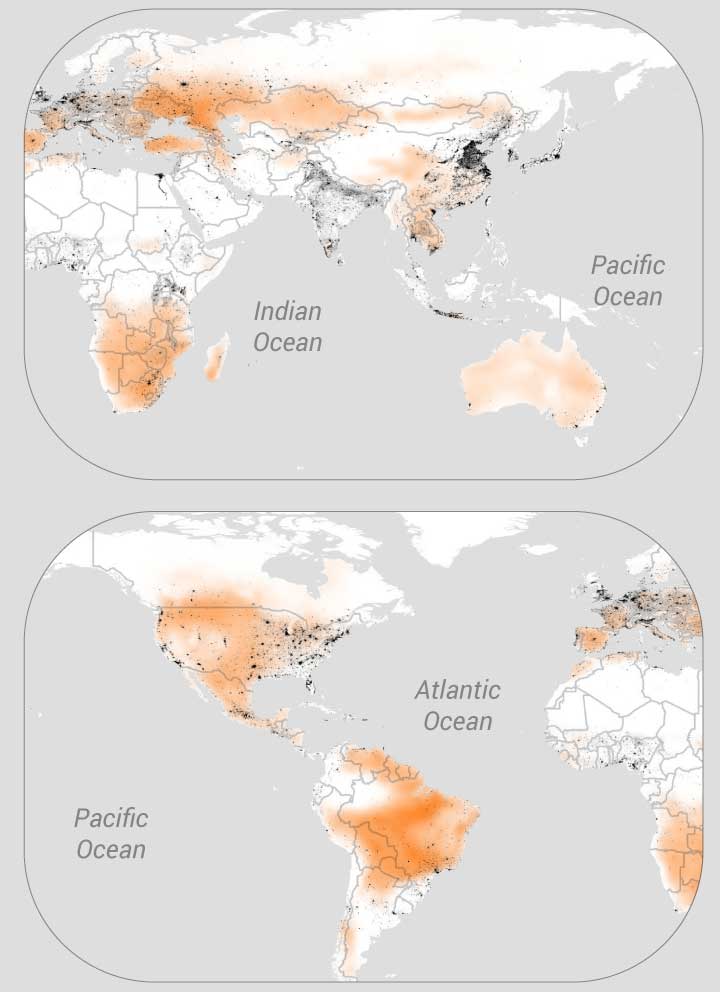
Annual carbon dioxide emissions
Carbon dioxide emissions are the primary driver of global climate
change.
China’s carbon dioxide emissions are set to hit an
all-time high in 2023 based on first-quarter trends and domestic
projections, likely topping the previous peak in 2021, according
to a new report. To meet these goals of limiting global warming to
well below 2 degrees – ideally 1.5 degrees, global carbon dioxide
emissions need to be reduced by 45 per cent by 2030 from 2010
levels, and reach net-zero emissions by 2050.
Associate Creative Director Marcelo Duhalde
Additional web development
Yan Jing Tian, Dennis Wong
Edited by
Andrew London
Sources: Nasa Earth Exchange, American Geophysical Union, United Nations, South China Morning Post archives, Our World In Data